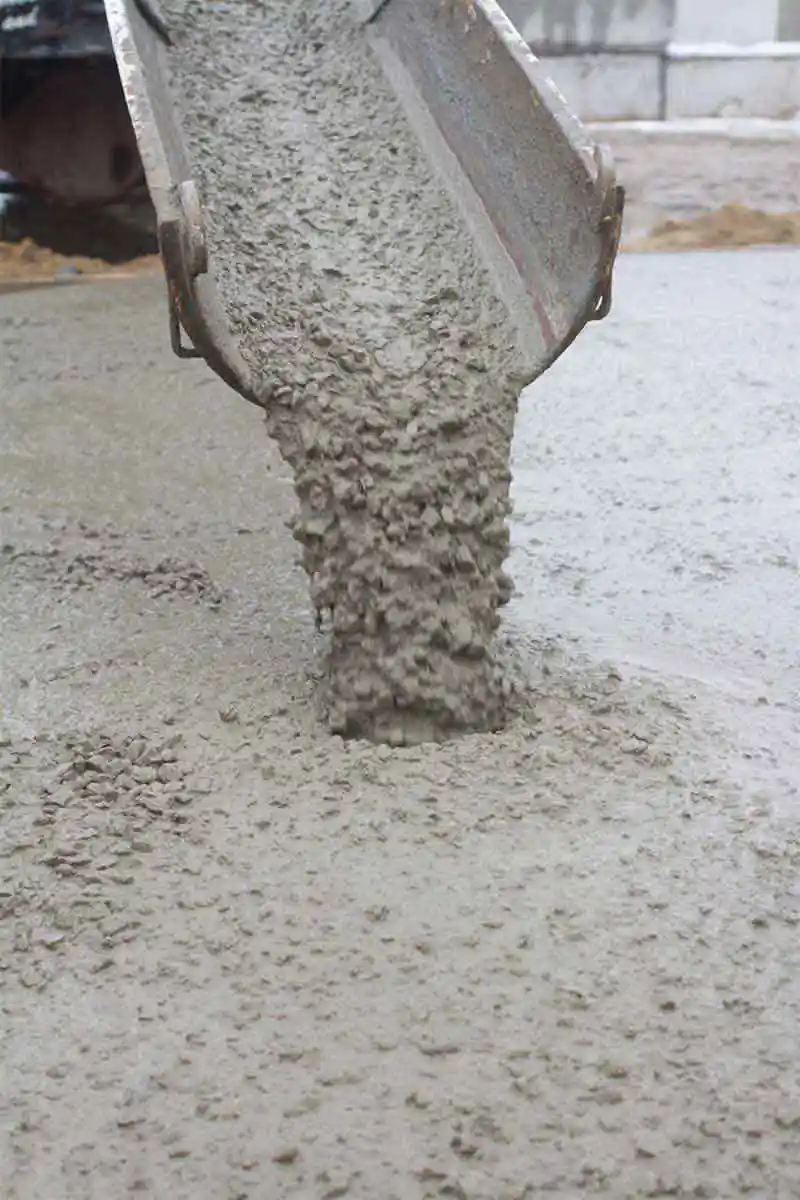Recent Developments in Concrete Technology

Recently, two new developments in concrete technology can have a far reaching impact on the way we consume concrete in construction. Concrete happens to be the largest in terms of weight—being about more than 5 tonnes per capita per year- next only perhaps to water. Therefore, concrete needs to be made more eco-friendly for the benefit of the consumers.
In one eco-friendly solution, scientists have used bacteria to create a sustainable concrete that is alive, and can even reproduce. This may help reduce the environmental impact of the construction industry. Minerals in the new material are deposited by cyano-bacteria, a common class of microbes that capture energy from sunlight through photosynthesis, according to the report published in Journal Matter. “We have already used biological minerals in our buildings like wood," said a professor at the University of Colorado Boulder, USA. "We are asking: why can’t we keep them alive and have biology do the rest, something beneficial to all; such structures could, one day, heal their own cracks, suck up dangerous toxins from the air, or even glow on commands."
Energy saving concrete
A new type of concrete in the making is using Martian or lunar soil and animal proteins. It may enable astronauts to build colonies on Mars and the Moon without using cement, water, extreme heat or any binding material, says scientists. According to them, to establish settlements on the Moon or Mars, thousands of tonnes of concrete would be needed. But as both these places are bombarded constantly with lethal radiation , enough to punch holes into any structure, they feel that since it is nearly impossible to ship such large quantities of building materials from Earth to Mars, the best way is to start making such materials. The researchers have used animal proteins to make a promising form of concrete without any heat energy. Living organisms use proteins to make things as tough as shells, bones and teeth, so the scientists are now concentrating and working on concrete bound together with a protein from bovine blood. To replicate the conditions on Mars and the Moon, they have combined protein with simulated extra-terrestrial soils that are similar to what is on Mars and the Moon. The first batch produced was found as strong as concrete. The technique, when perfected and scaled up, would enable making building materials without needing extreme heat, water or a binding agent and getting output as strong as steel – reinforced concrete, says Dr Qiao, leader of the team. The material held up well to a simulated bombardment of micrometeorites and lethal radiation. Unlike in regular concrete, the binding proteins can be recycled, thus saving a lot of energy, he added.
*Acknowledgment: Science Today/ Journal Matter, USA.



















